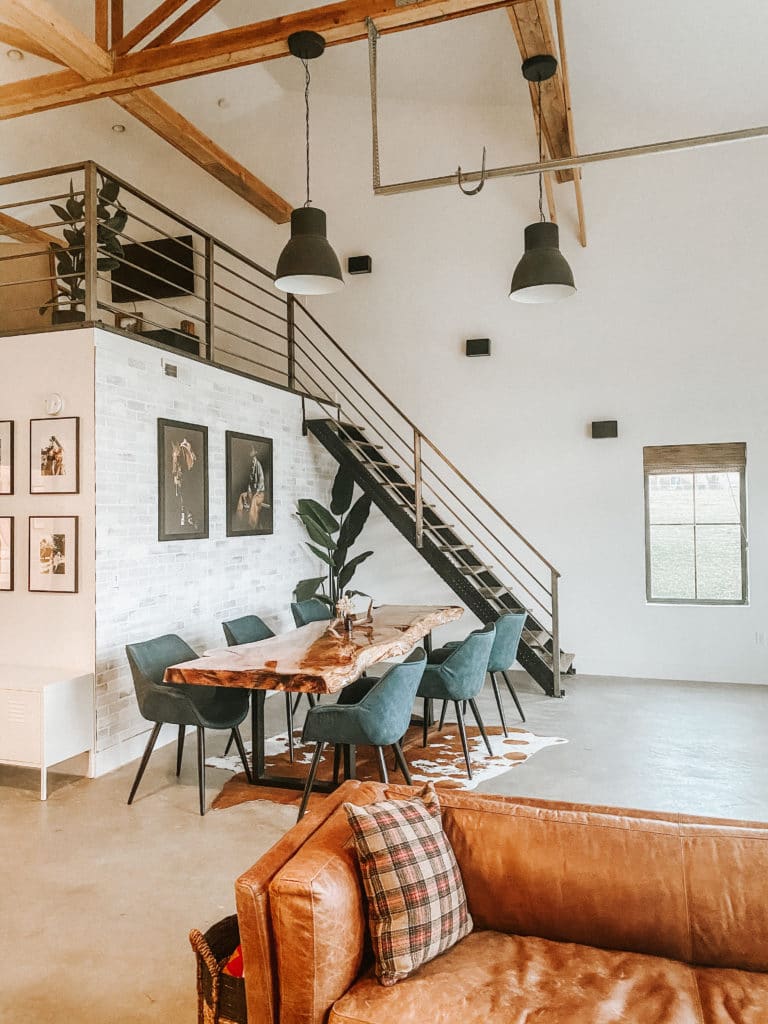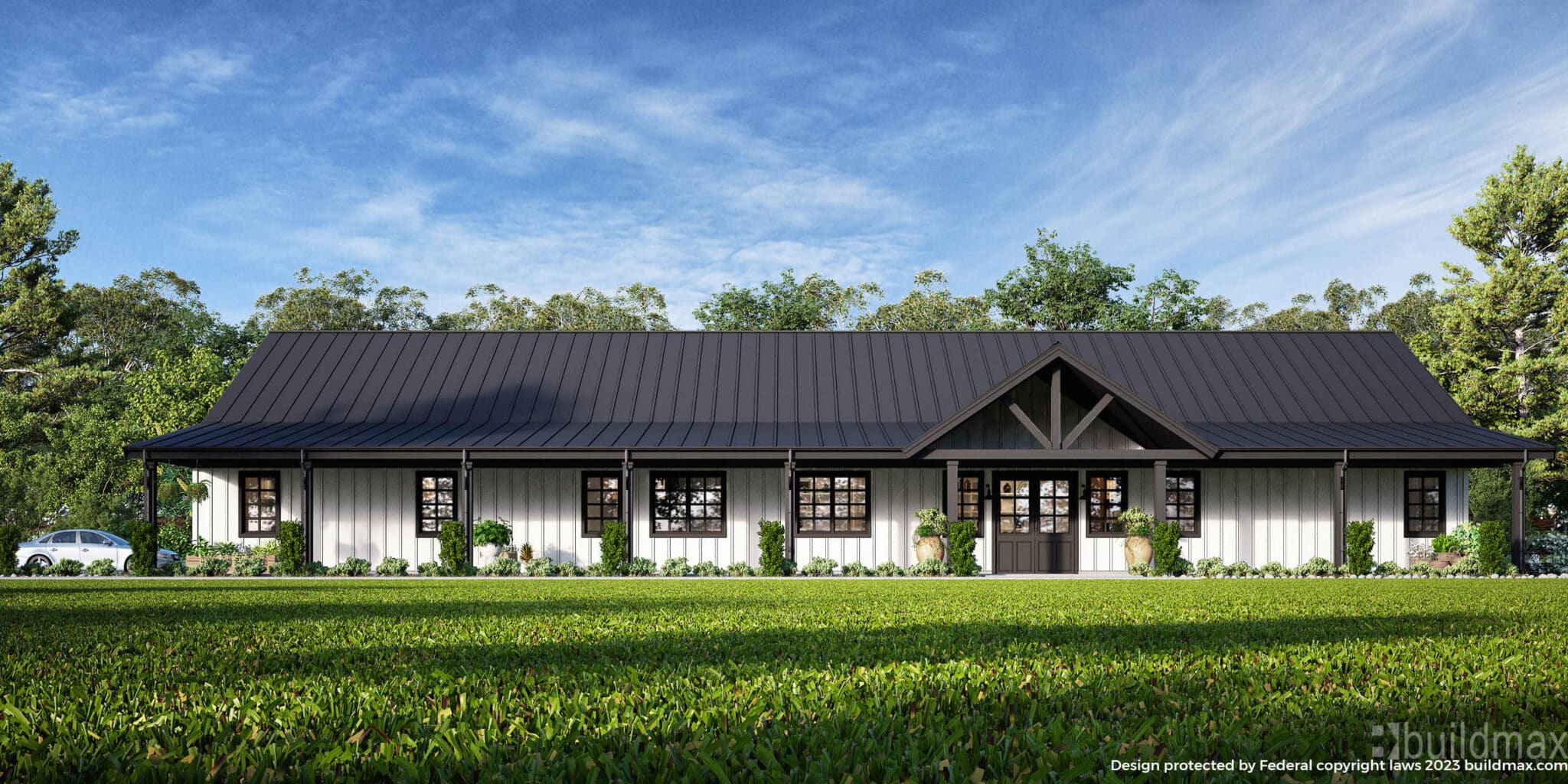Barndominiums Vs. Conventional Homes: a Thorough Comparison of Lifestyle and Functionality
The choice between barndominiums and conventional homes includes numerous variables, including way of living preferences and useful needs. Barndominiums are characterized by their open formats and adaptability, typically interesting those that focus on public living and flexibility. In comparison, standard homes offer a more structured atmosphere, which may better serve families seeking privacy and a sense of history. As we take a look at the expense ramifications and environmental factors to consider, it comes to be clear that the choice extends beyond mere aesthetic appeals and capability; it invites a deeper exploration of what truly defines a home.
Overview of Barndominiums
Barndominiums, a novel housing fad gaining popularity across different regions, blend the rustic beauty of barn-style design with the performance of modern space. These one-of-a-kind structures usually consist of a metal or timber structure, integrating open layout and high ceilings with energy-efficient attributes. Frequently situated on expansive rural residential properties, barndominiums use house owners the opportunity to appreciate a peaceful lifestyle while offering adequate room for numerous tasks.
The convenience of barndominiums extends beyond their aesthetic appeal; they can function as both living quarters and practical areas for hobbies, workshops, or perhaps local business. Their flexible style permits simple personalization, fitting varied family members demands and preferences. Lots of proprietors value the low maintenance requirements associated with metal siding and roofing, adding to long-lasting resilience.

Characteristics of Typical Houses
Stressing classic style and convenience, standard homes are identified by their distinctive architectural designs, which typically reflect historic influences and local appearances. Usual attributes consist of in proportion facades, gabled roofs, and a focus on workmanship, causing a cozy and welcoming ambience.
Standard homes commonly integrate components such as crown molding, wainscoting, and hardwood flooring, boosting their classic charm. They commonly include numerous areas with defined functions, advertising family communication while enabling for privacy. view now. The layout typically includes official living and eating areas, which are favorable to enjoyable guests and hosting family celebrations
Outside materials such as block, wood, or stone are frequently made use of, adding to toughness and a feeling of permanence. Barndominium builder. In addition, numerous traditional homes are made with front decks or stoops, promoting a sense of area and link with the neighborhood
Landscaping plays a substantial role in standard home layout, with well-kept yards and pathways that improve visual appeal - website. Generally, typical homes symbolize a sense of nostalgia and security, attracting those who value heritage and a more organized living setting
Price Contrast
Normally, a price comparison in between barndominiums and traditional homes discloses significant distinctions in building expenses and overall investment. Barndominiums, commonly built from metal or steel structures, commonly incur lower product and labor prices than typical homes constructed from wood and block. The streamlined design of barndominiums can equate to decreased building times, even more decreasing labor costs view now and accelerating occupancy.
On standard, the expense per square foot for a barndominium ranges from $100 to $150, while typical homes can vary extensively, generally falling between $150 and $300 per square foot, relying on location, materials, and layout complexity. This price disparity makes barndominiums an appealing option for budget-conscious customers seeking bigger living spaces without sacrificing high quality.
In addition, barndominiums may bring about long-term financial savings with reduced upkeep expenses, energy efficiency, and insurance prices. Their durable building products frequently require less maintenance with time contrasted to typical homes. It is vital to take into consideration that while initial prices may be lower for barndominiums, the final investment will likewise depend on private customization and preferred amenities, which can affect the overall expenditure in both housing kinds.
Way Of Living and Room Considerations
When thinking about way of life and area, barndominiums use an one-of-a-kind adaptability that interest a variety of property owners. These hybrid structures combine household coping with useful room, usually featuring open floor plans that can be adjusted to match specific demands. This versatility is particularly helpful for family members or individuals looking for a customized living setting, enabling diverse uses such as office, workshops, or recreational locations.

Furthermore, the visual charm of barndominiums can provide to both rustic and contemporary tastes, making them a flexible selection for various layout preferences (Barndominium builder). Eventually, the selection between a barndominium and a standard home commonly hinges on exactly how well each choice lines up with the home owner's way of living desires and spatial requirements, highlighting the relevance of thinking about individual top priorities in the decision-making process
Ecological Influence and Sustainability
The ecological influence and sustainability of barndominiums present engaging advantages contrasted to standard homes. Primarily constructed from steel and various other durable products, barndominiums are frequently constructed making use of recycled resources, reducing the demand for brand-new products and reducing waste. Their layout usually stresses open spaces, which can bring about lower power consumption for heating & cooling contrasted to conventional homes with more fractional formats.
Additionally, barndominiums can include lasting attributes such as solar panels, rainwater harvesting systems, and advanced insulation techniques, enhancing their energy efficiency. The flexibility of their style enables house owners to incorporate these innovations a lot more flawlessly than in several conventional homes, which may call for extensive retrofitting.
Additionally, barndominiums frequently need fewer resources for construction due to their easier, a lot more reliable designs. This not only reduces the carbon footprint connected with building but also contributes to a much more sustainable lifestyle. In contrast, typical homes might include higher levels of power expense and resource utilize throughout their lifecycle, from building and construction to maintenance. On the whole, barndominiums stand for a forward-thinking technique to sustainable living, aligning with modern ecological priorities.
Conclusion
In summary, the selection between barndominiums and conventional homes depends upon private way of living choices and useful requirements. Barndominiums, with their open layouts and sustainable materials, satisfy those seeking versatility and common living. On the other hand, typical homes supply specified rooms that improve privacy and promote historic visual appeals. Each option presents unique benefits, necessitating mindful factor to consider of one's worths and requires when establishing one of the most appropriate living environment.